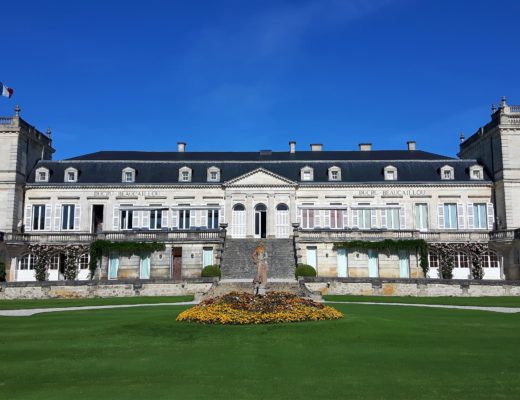Pedro the Lion isn’t a lion at all; or a children’s television character.
Pedro the Lion was in fact a ’90s band from Seattle and, in one of its songs, Second Best, a wife reflects on her husband’s affair. She tries to come to terms with the fact that her husband is an adulterer and accept that second best is good enough. She’s unsuccessful – in the next song on the album, she murders her husband by stabbing him with a knife. It’s a rather extreme reaction to events but, let’s face it, no one wants to be second best.
And that’s exactly what’s wrong with the term “second wines”. If you can’t afford the best, you’ll have to settle for second, it implies. It’s hardly aspirational; it is a utilitarian title and, at the 50th anniversary celebration of Château Haut-Bailly‘s second wine in London this week, the estate’s manager Véronique Sanders wondered whether or not there might be a better name for this category.
Second wines weren’t a major part of the Bordeaux landscape until the 1980s and 1990s. The game-changing 1982 vintage marked a new, more profitable era, making second wines a viable brand extension. Today, you can’t move for second wines with prefixes like “Petit”, “Moulin”, or “Fleur de something”, but when Haut-Bailly launched Domaine de la Parde in 1967 (now known as La Parde Haut-Bailly), there were fewer than 20 properties that had a second label. The first growths, however, had been early adopters and in the mid-18th Century, these chateaux were relegating lesser wines to such bottlings.
Fast forward to 2017 and there are hundreds of châteaux from Left to Right Bank, classified growth to Cru Bourgeois, that sport these second labels –including red and sweet white producers. The reasons for their existence include finding a home for wines produced from lesser, or younger, parcels of vines. Other sources for these wines include vats that aren’t deemed good enough for the grand vin, ensuring the quality of the first wine in off vintages through declassification. In an extreme case of declassification, Haut-Bailly didn’t make a wine in 1991 (nor did Cheval Blanc) but did produce La Parde. Sanders explained that her father didn’t think it made the grade for the estate’s grand vin.
To read this article in full, visit Wine Searcher.

